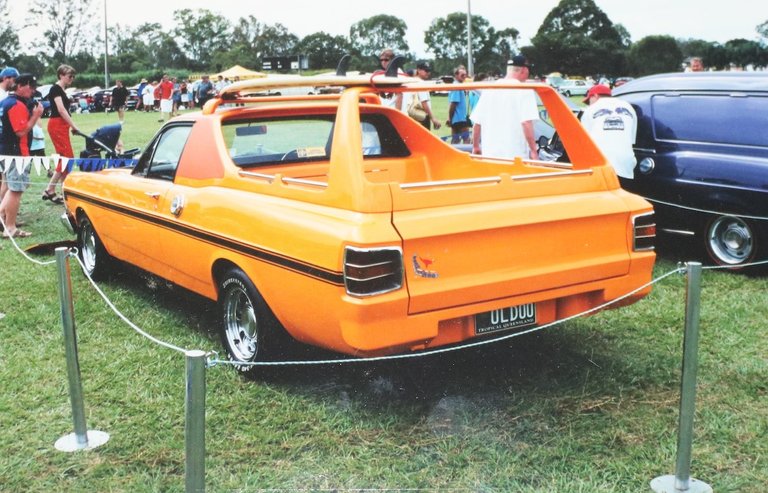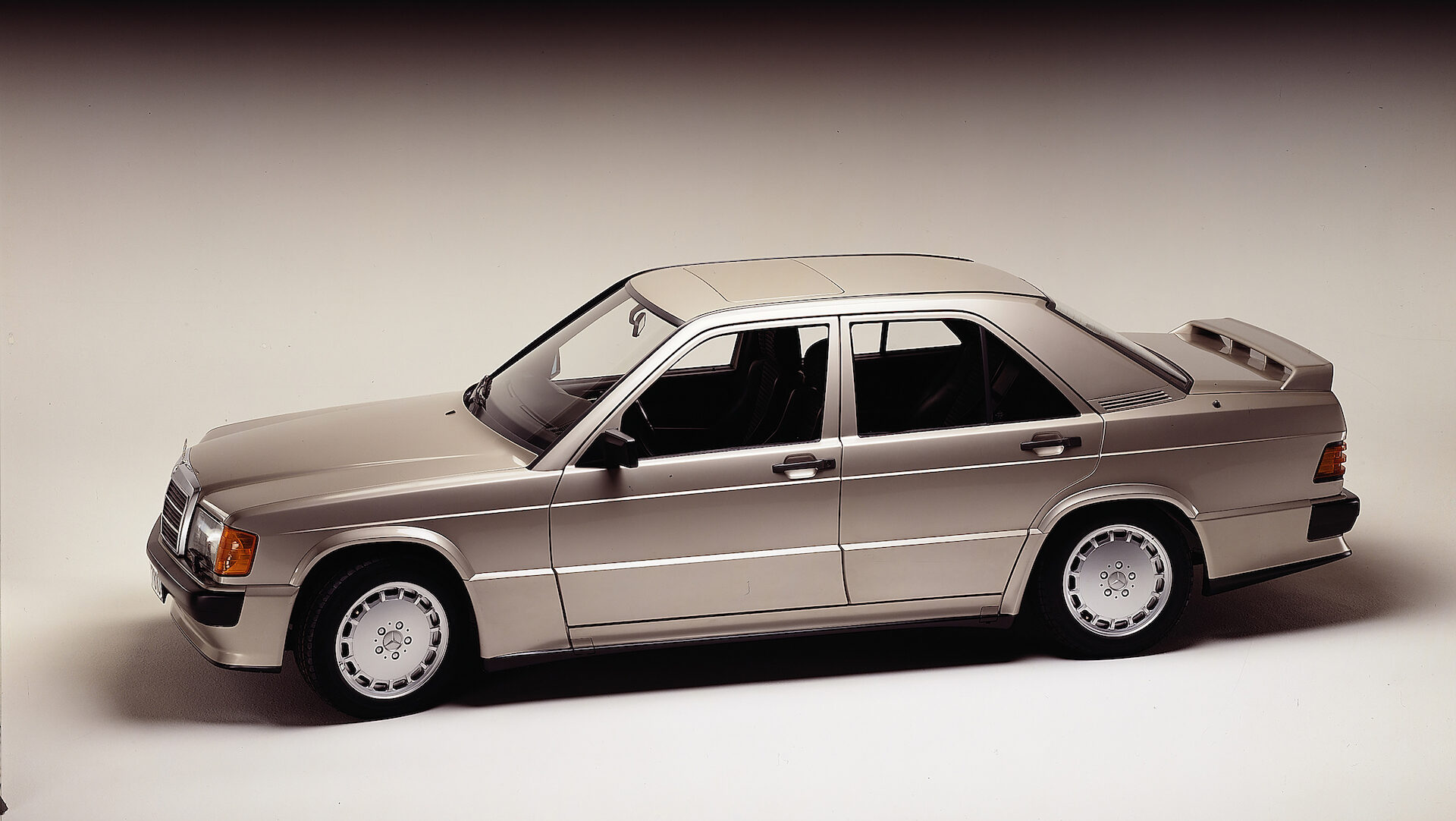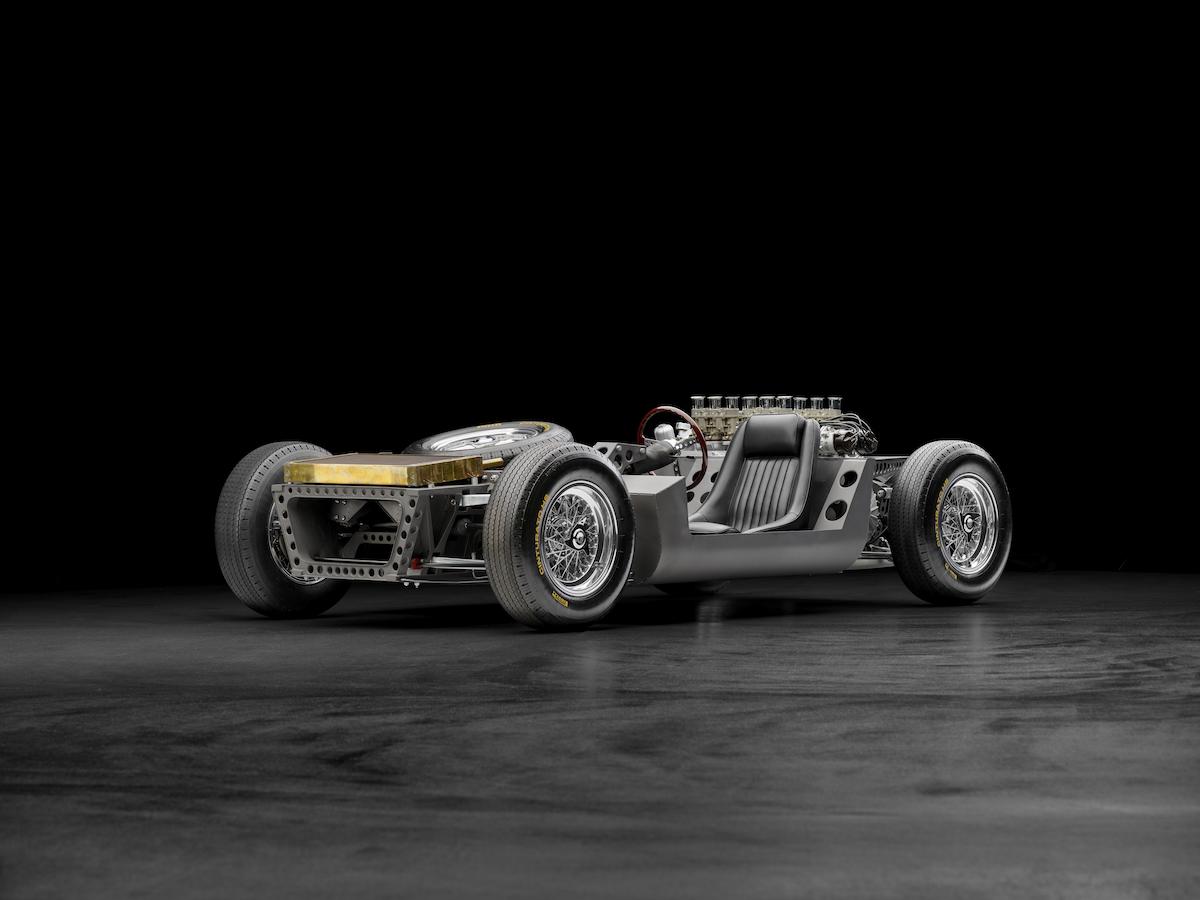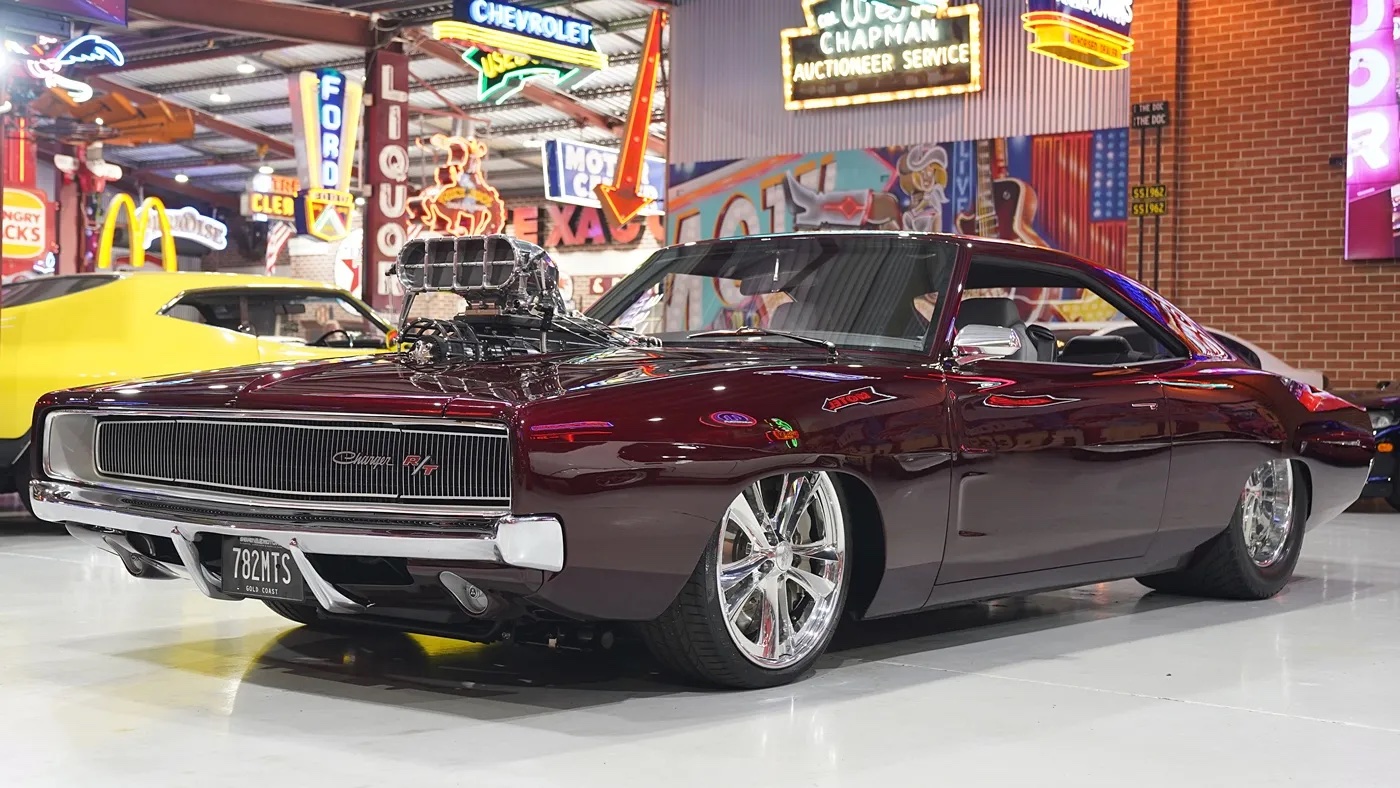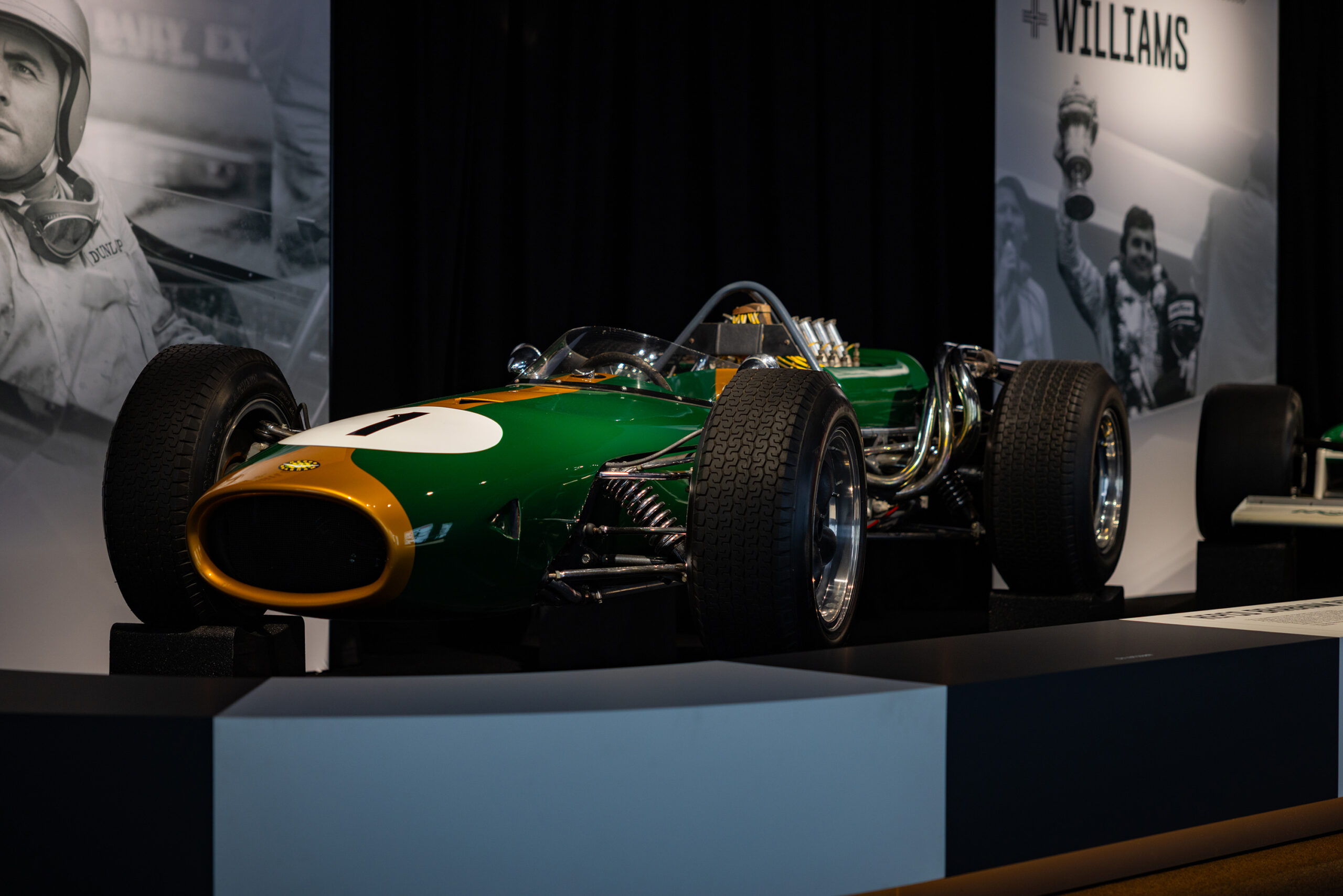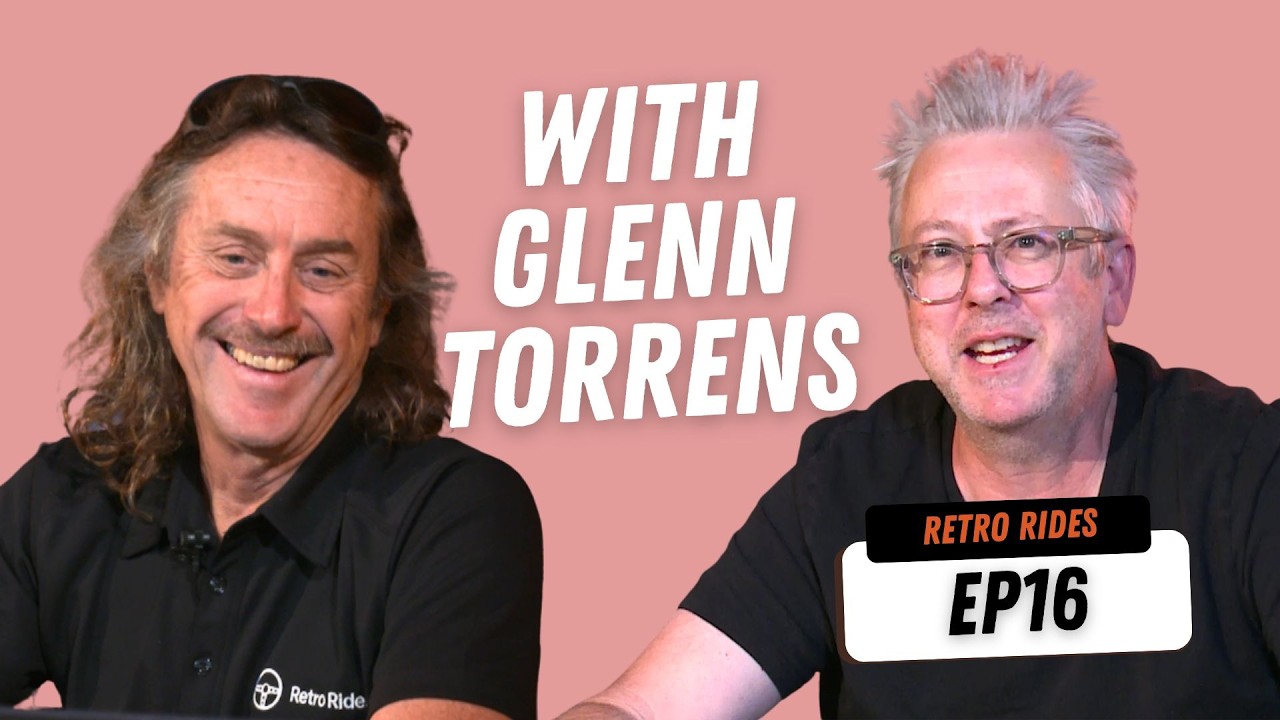Only three examples of the big-winged Surferoo were produced by Ford as show cars, with all sold to members of the public
In the Summer of 1970, Holden panel vans lined the seafront and legions of young Aussie blokes clamoured to get their Chiko Roll-smeared-hands on Chrysler’s stove-hot Valiant Pacer. Not to be out done, Ford Australia’s memorable play for the burgeoning ‘youth market’ was a big-winged ute that became an instant hit with the kids and a star of the car show-circuit – the XW Falcon Surferoo.
Australia thrives on sunshine and salt water but for the first few decades of local manufacturing our cars didn’t exactly reflect our passion for the coastal lifestyle.
It was Hawaiian Duke Kahanamoku who introduced Australians to surfing in 1915, and American surfers who later established their preferred vehicle-style by throwing boards in the back of old station wagons to produce the surfer’s ‘woody’.
By the late 1960s, Aussie surfers had followed their US counterparts by warming to the Holden panel van which, with its high roof and horizontal tailgate design delivered convenient beachfront accommodation for one or more.
A few years into the future, Holden would formalise the arrangement with its purpose-built HQ-HZ Sandman vans, but pre-1973 the market was wide open to manufacturers with product aimed at younger owners.
During 1969, Ford’s ‘Super Roo’ decal came to symbolise the brand in the eyes of younger Australians. The grinning kangaroo perched atop spinning wheels first appeared on XW Falcon GTs, then on all manner of sporty Fords, from V6 Capris to GT versions of the 1.3-litre Escort.
Super Roo was a great image builder and a clever way to position the brand in a changing local market, and Ford’s marketing department looked to leverage the popular cartoon graphic by adapting it for other models.
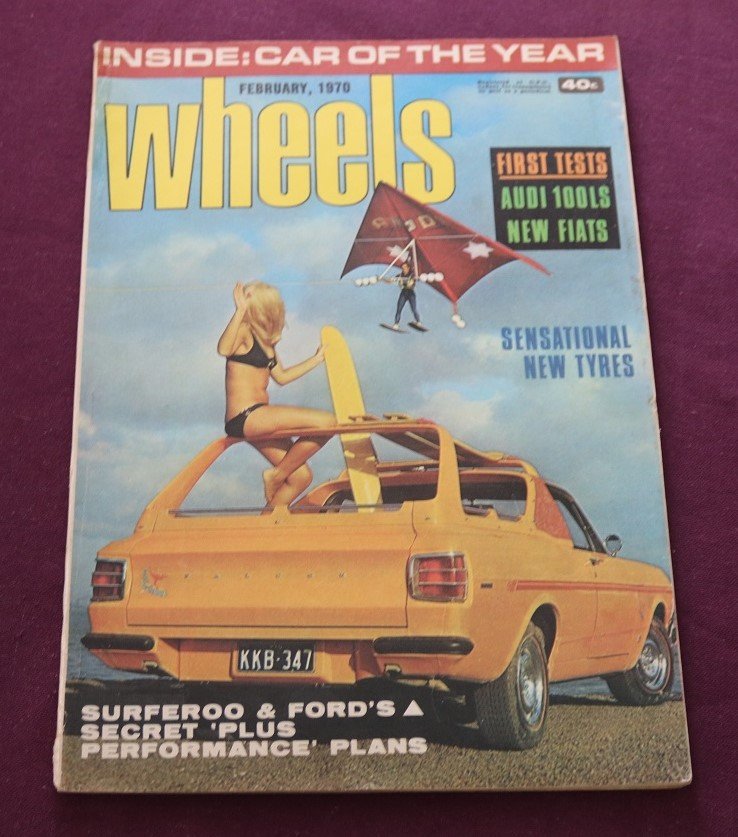
The Surferoo featured on the cover of Wheels magazine’s February 1970 issue
The cover of Wheels magazine’s February 1970 issue carried a photograph of a very recognisable XW Falcon utility – possibly the first ute ever to feature on the front of a major Australian car mag – above the tag line ‘Surferoo & Ford’s Secret Plus Performance Plans’.
Ford’s strategy, according to the magazine’s lead article, was to build a network of dealerships that would sell an exclusive line of performance and dress-up parts, aimed not only at buyers of new cars but existing Ford owners too.
The range of items, photographed for Wheels alongside a very kitted out Cortina, included alloy rims and suspension parts, uprated engine internals, aftermarket seats and upgraded sound systems.
In the words of journalist Rob Luck: “[…] the big FoMoCo news is Plus Performance – gear to modify every part of your Henry from layback (we imagine this means seats) to LSD (we imagine this means differential…).”
Ford realised that merely tacking a poster to the dealership window wasn’t going to get the punters rushing in to buy, so opted to pursue the time-proven automotive adrenalin-shot known as the concept car. Although, in this case the cars (there were more than one) are more correctly described as ‘promotional vehicles’.
The brightly-coloured XW Falcon V8 utes came complete with GS Pack and integrated board racks, with the ‘Surferoo’ logo and name – featuring a cleverly modified version of the Super Roo logo – affixed to their front mudguards and tailgates.
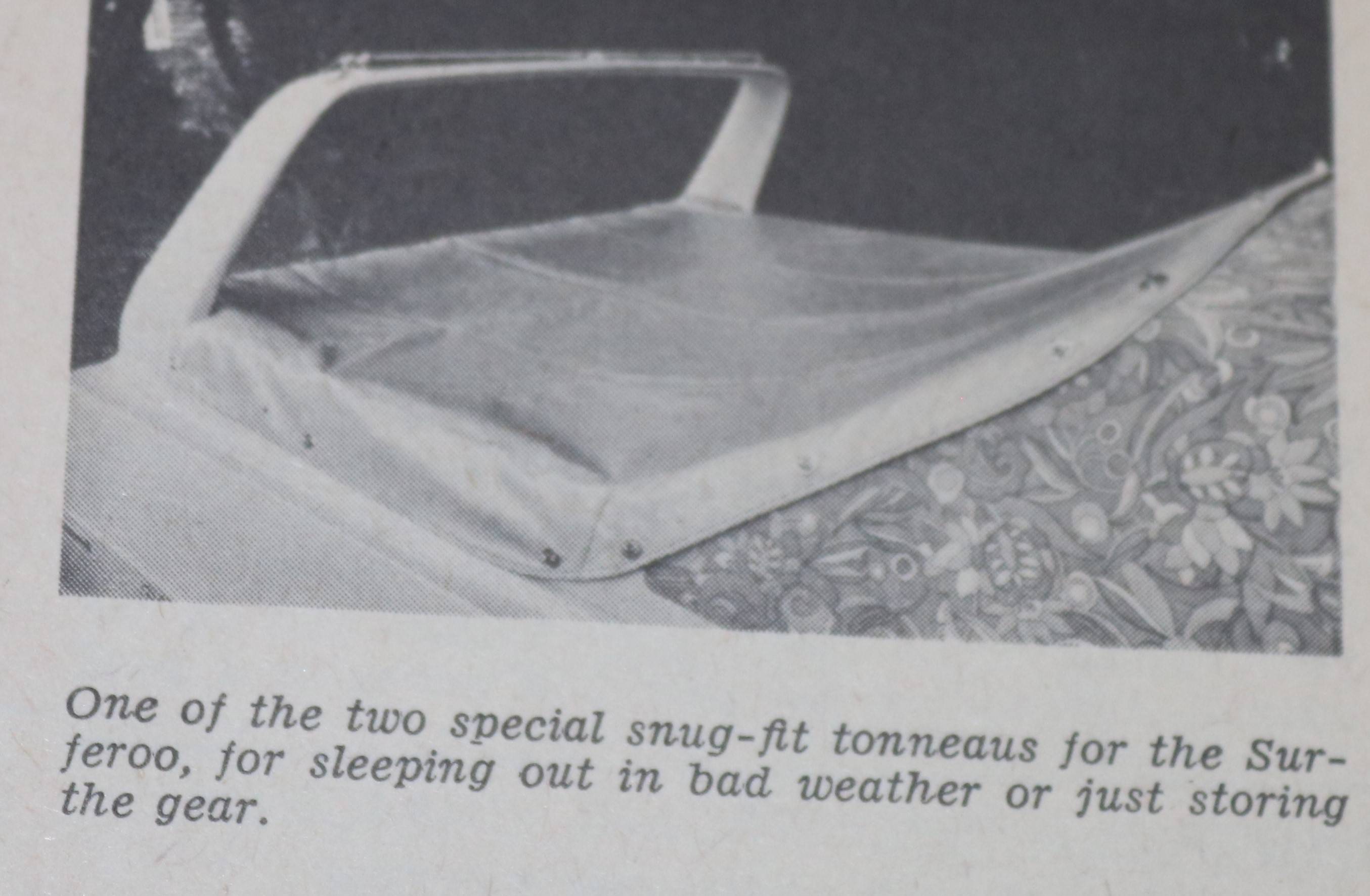
The article in Wheels only showed one detailed image of any of the Surferoo’s features – a rudimentary cover for the timber-lined tray
Created by Ford’s Special Vehicles Division the promotional cars came only in Surfer Orange but with slight differences in decoration of the cabin roof and pillars.
The Wheels article confirms that five Surferoos were originally built, all featuring a tall rear spoiler above the tailgate that doubled as one section of a board rack. Attached to the cabin roof was a second, smaller rack which sat slightly lower than the rear wing, ensuring that surfboards when strapped to the racks, would tilt down to minimise wind resistance.
The trays were ‘decked’ in polished timber and included moulded fibreglass seats (no seat belt laws back then) over the wheel arches to carry extra passengers.
Inside, the Surferoo cabin was upgraded to Fairmont specification with individual seats, G/S Pack instrumentation, full carpeting and – according to owners who have restored surviving cars – power steering.
The engine fitted to all five Surferoo utes was Ford’s familiar 4.9-litre, 302 cubic inch V8, which came hitched to a four-speed manual transmission. Elsewhere on the menu were front disc brakes and radial-ply tyres on steel rims with polished G/S wheel covers.
Confirming the authenticity of Surferoo survivors is difficult because the five cars were never photographed together. However, the cars that do remain have each been documented in various publications over the years so could well be authentic.
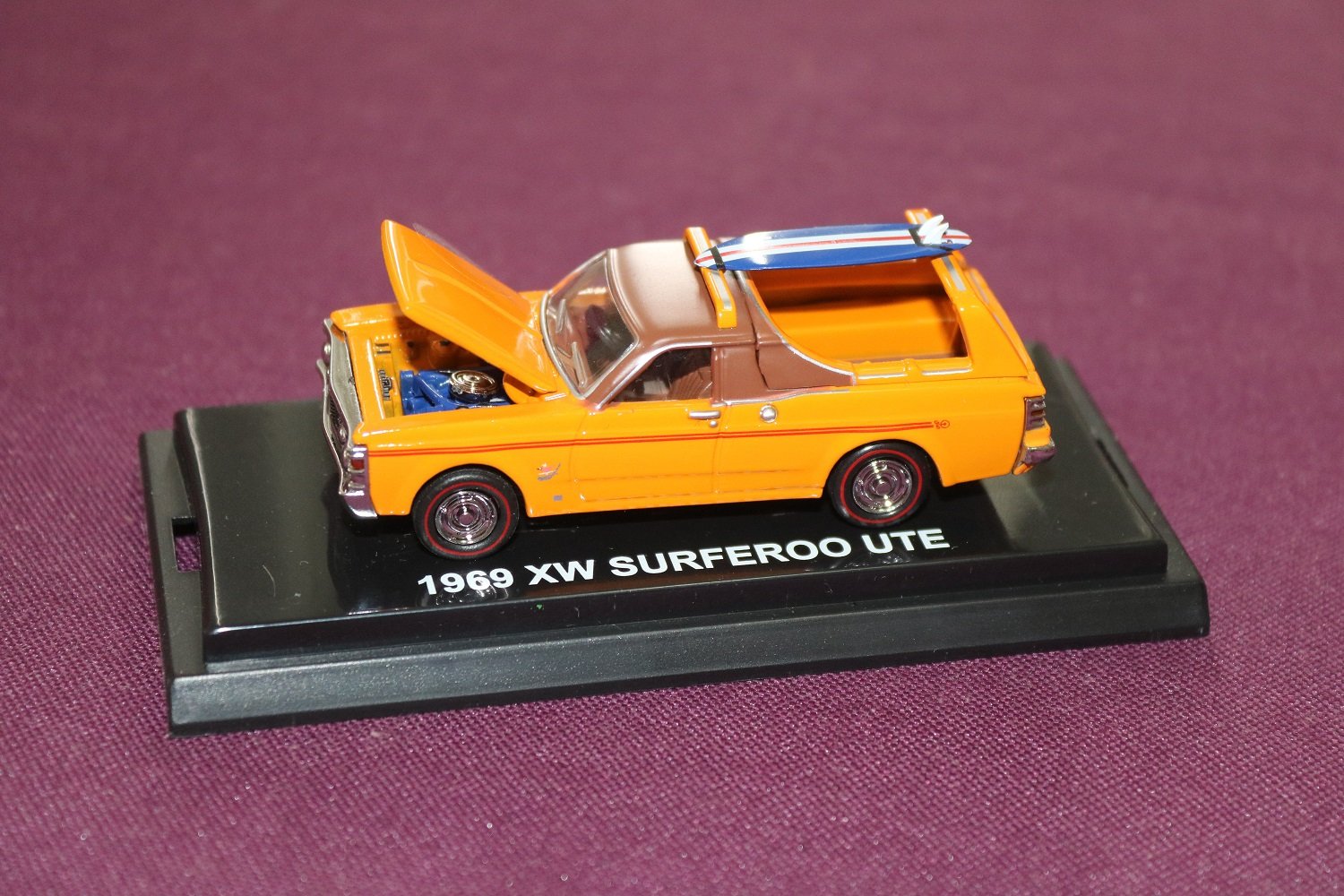
1000 scale models were produced by Cooee Classics, and while that’s certainly not many, there’s still around a 333-to-one chance of procuring one of these rather than a full-sized example
One that was photographed by your correspondent at an All-Ford show in Brisbane some 20 years ago differs from the version shown on the Wheels cover by having brown vinyl on its cabin pillars and a full-length stripe rather than the magazine car’s G/S decal. Its widened 12-slot rims were also unlikely to be original.
Another version discovered and restored around 15 years ago was said to be the only Surferoo with black vinyl applied to its roof and pillars, however it was restored correctly with the G/S Pack stripe which ends above the rear wheels.
There is another car, its whereabouts unknown, which is the only one with paisley vinyl as its roof embellishment, along with standard wheels and the timbered tray. This is likely the version used by Ford for its publicity photographs and which featured on the cover of Wheels’ February 1970 edition.
That article carried just one other photograph of the Surferoo, showing a very rudimentary tray cover which apparently was intended to hang like a hammock and provide some protection for cargo being carried, or people sleeping in the timber-lined tray. The accessory may never have entered production as no surviving Surferoos have one.
A few years ago, presumably in a bid to keep the Surferoo memory alive for future generations, a kindly owner made their car available to local model-makers Cooee Classics. Cooee produced a very detailed 1/64th scale model, complete with opening bonnet, V8 engine and even a miniature surfboard attached between roof rack and tailplane.
Only 1000 of the tiny Surferoos were made by Cooee Classics as part of its Aussie Road Ragers series, so acquiring one today could be tricky, but still far easier and less expensive than prying a full-sized survivor away from the current custodians.
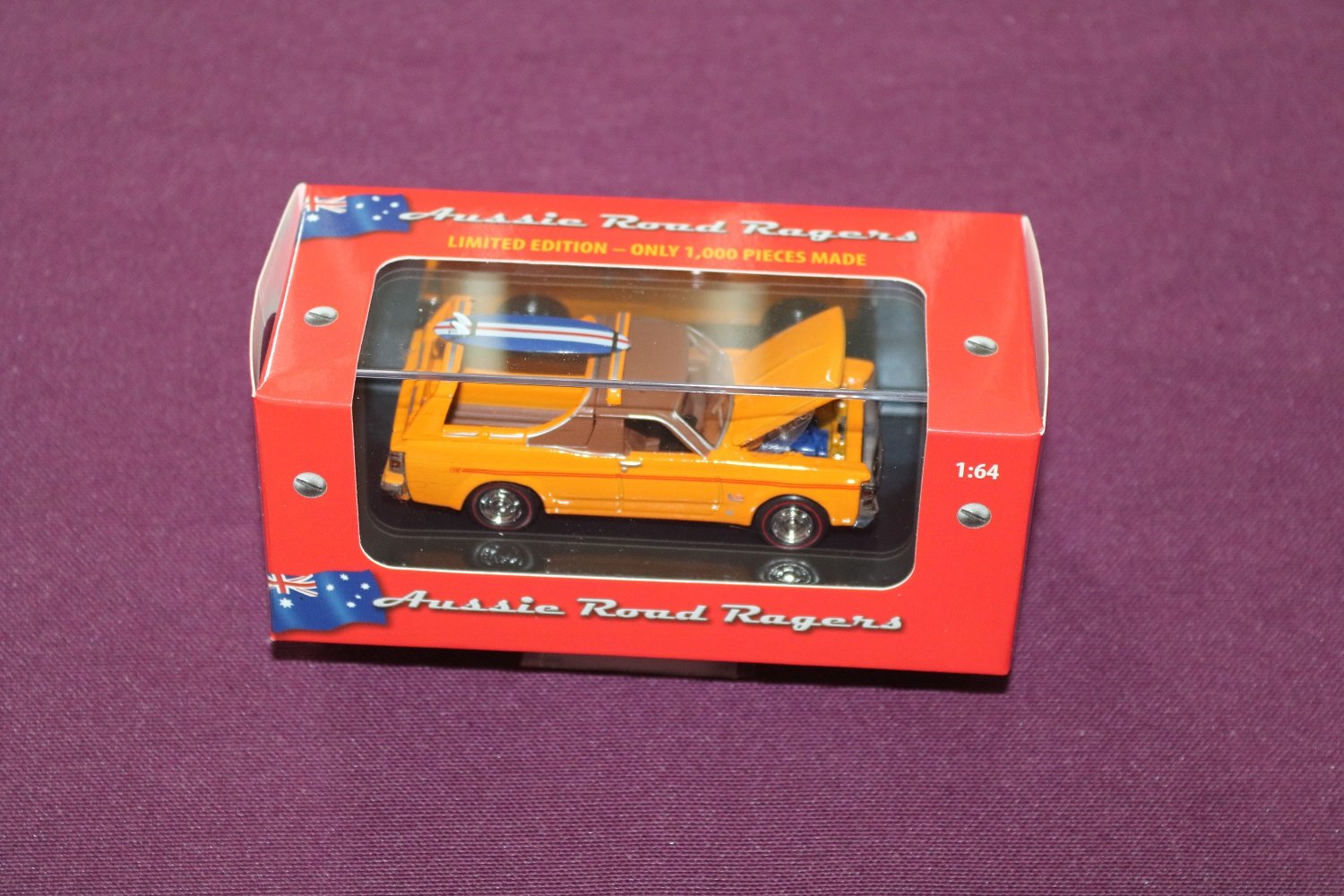
The 1/64th scale model was produced based off one of the three original examples of the Surferoo, which was made available to Cooee Classics by the car’s owner

